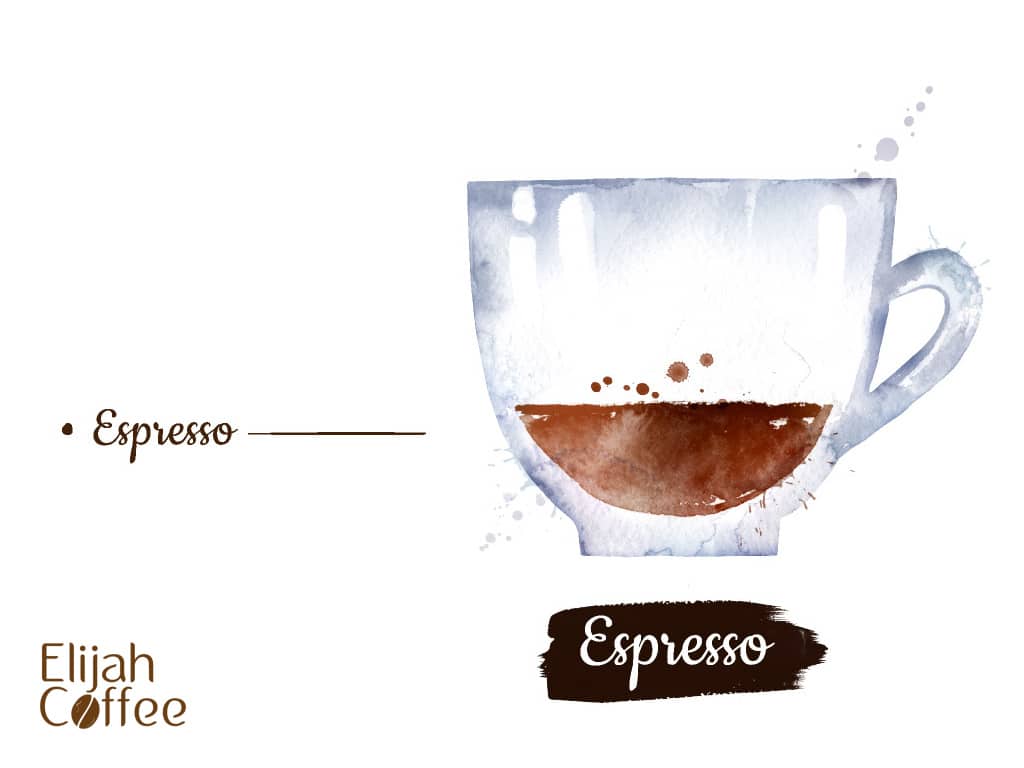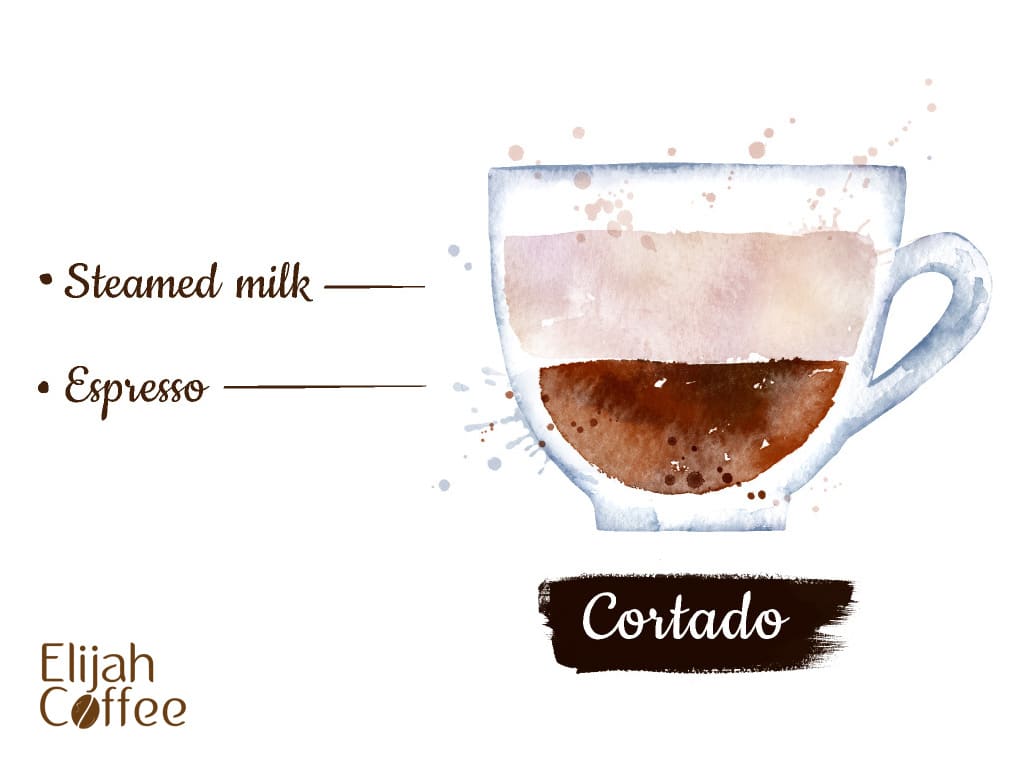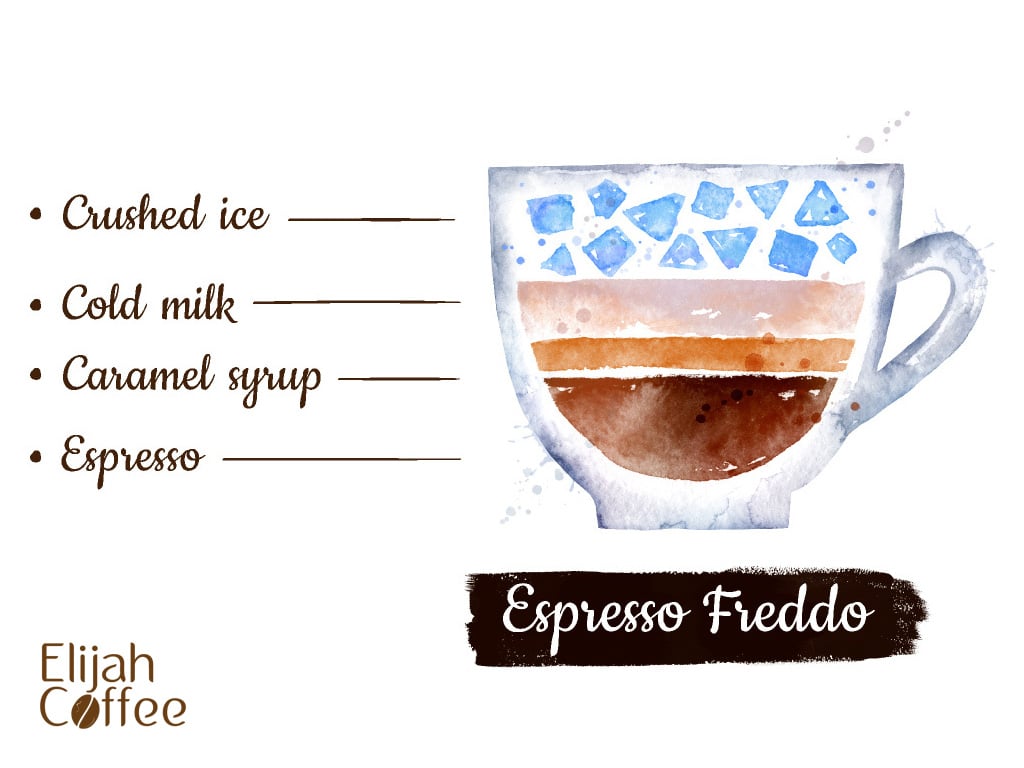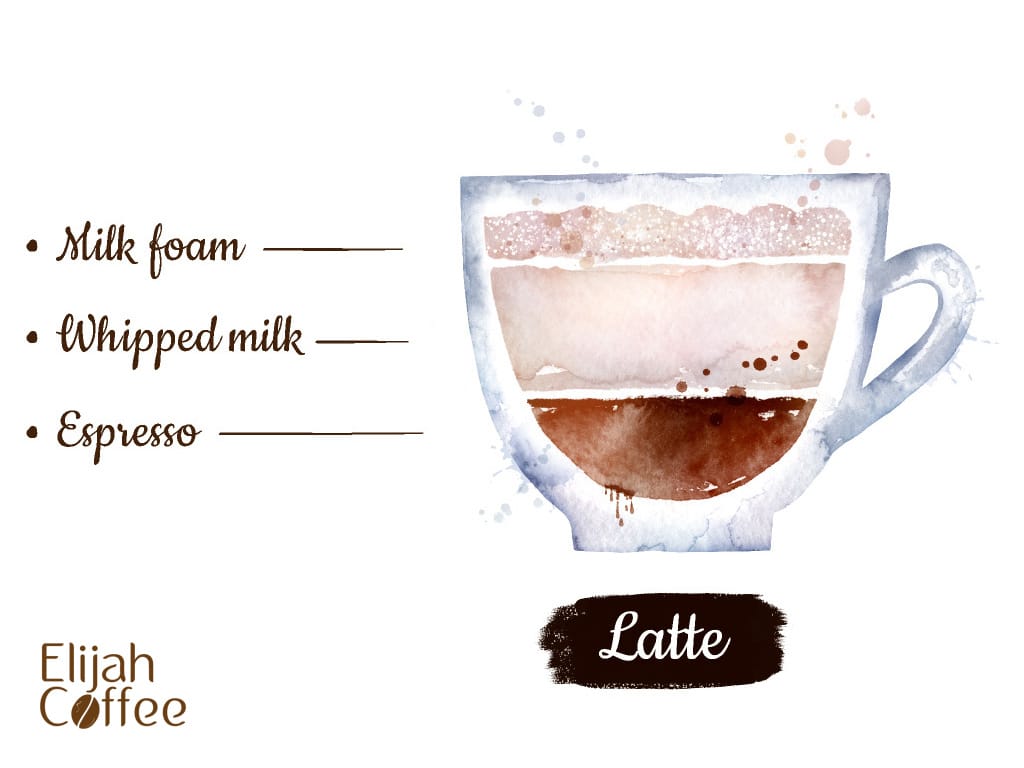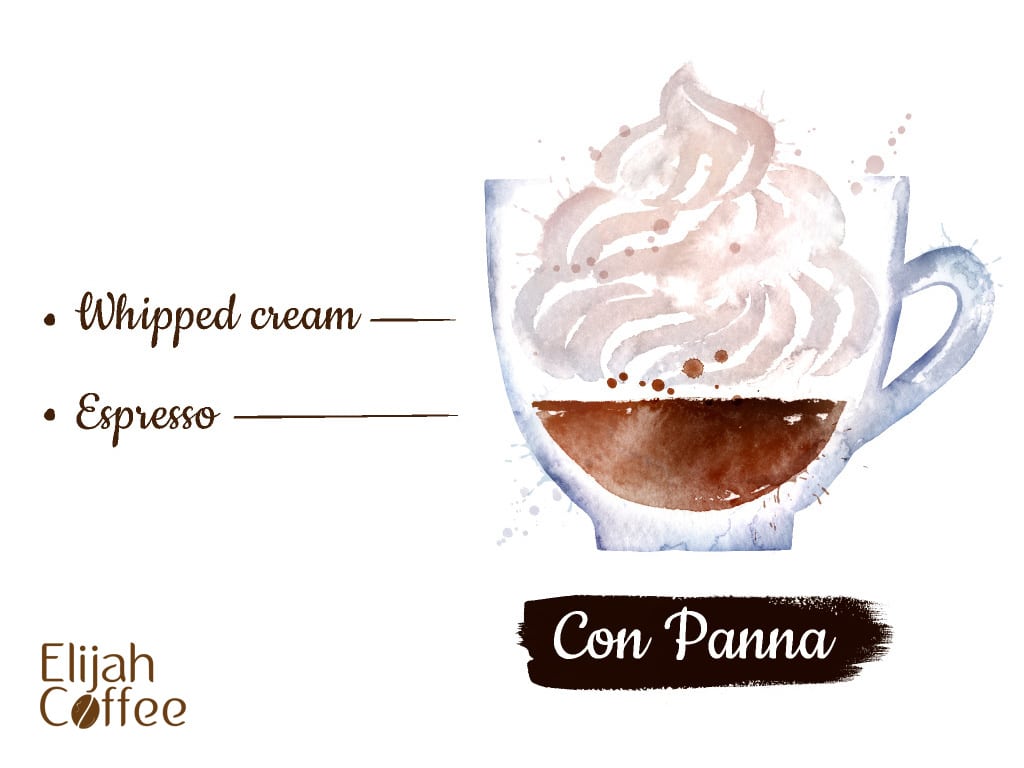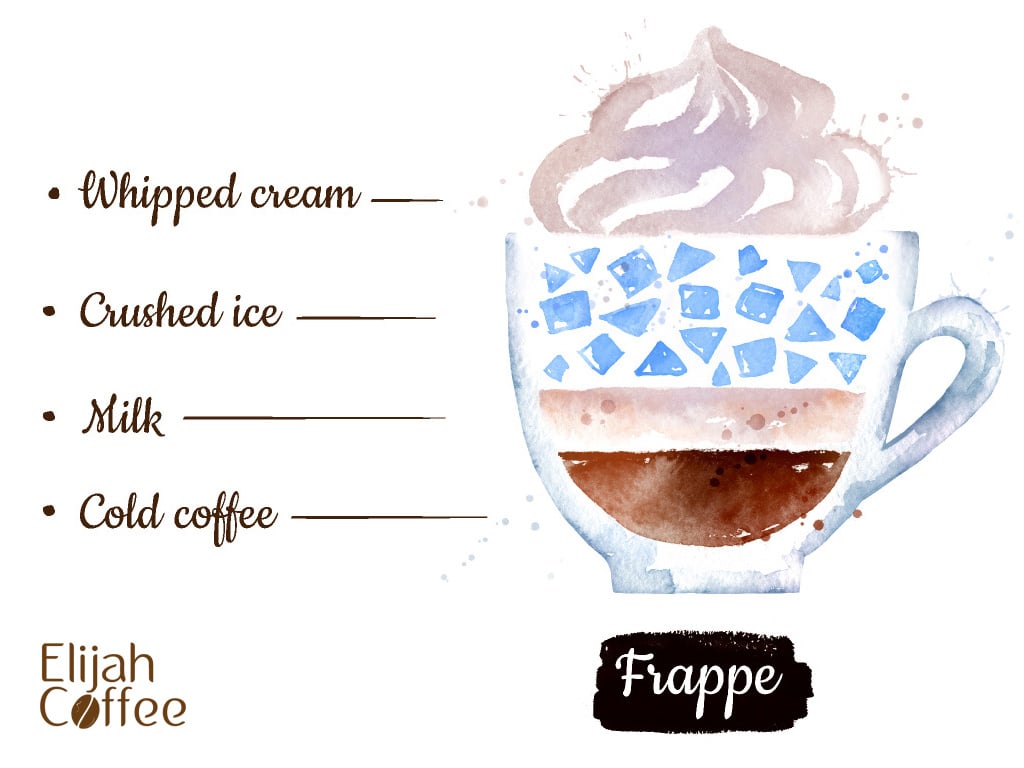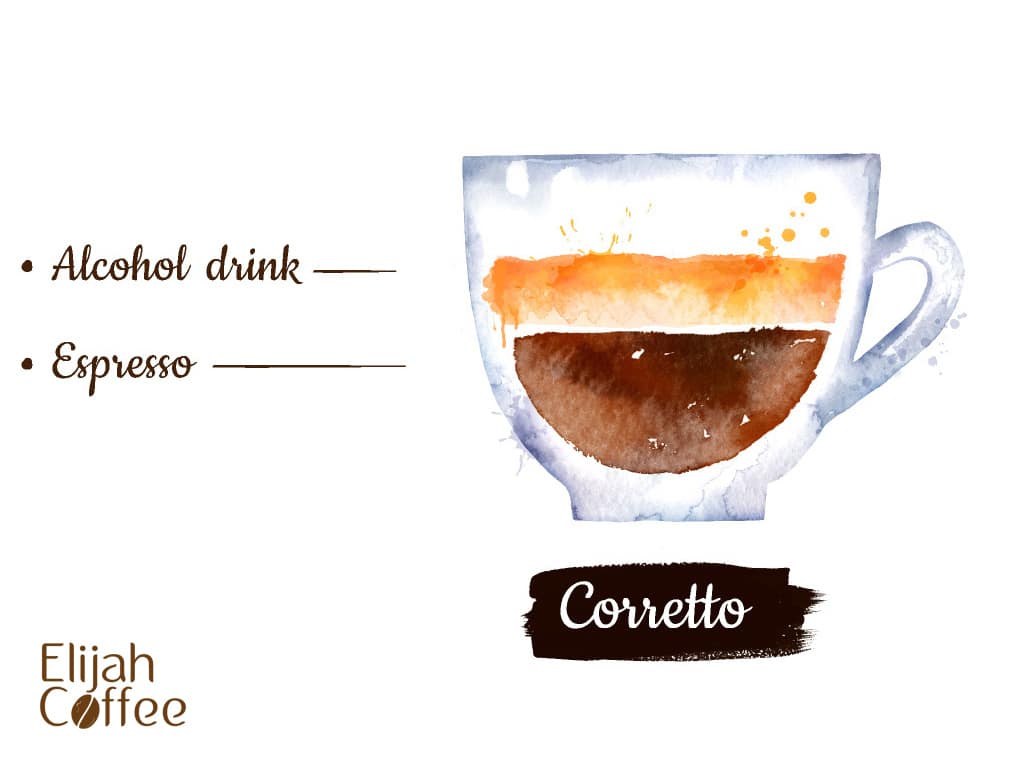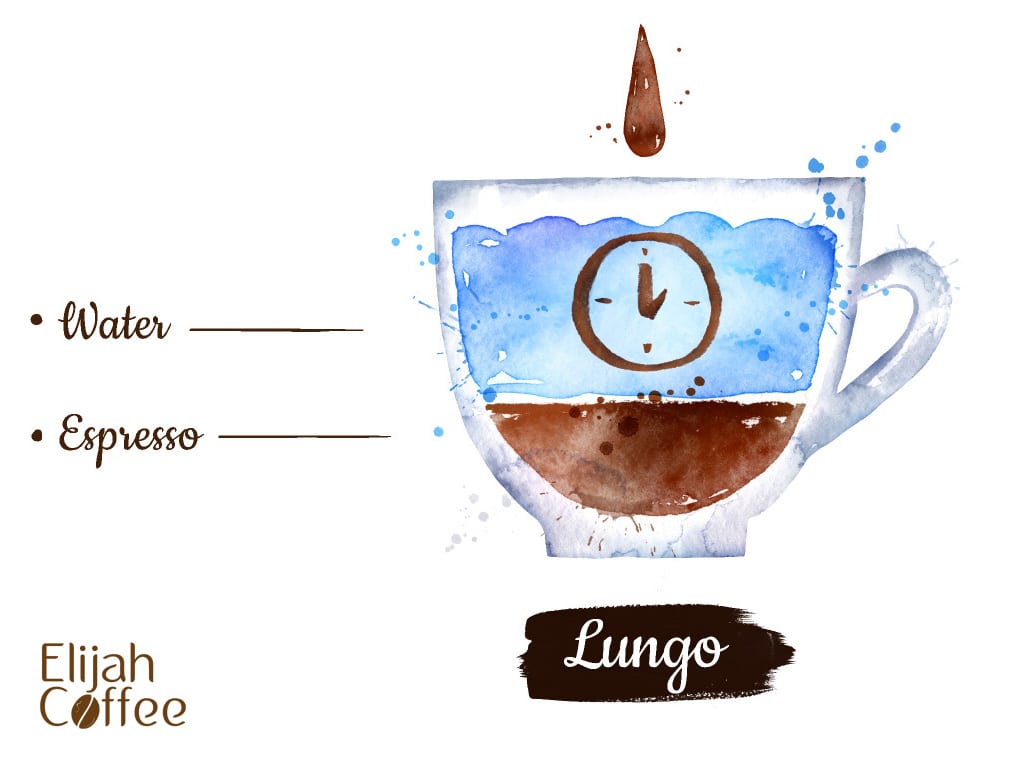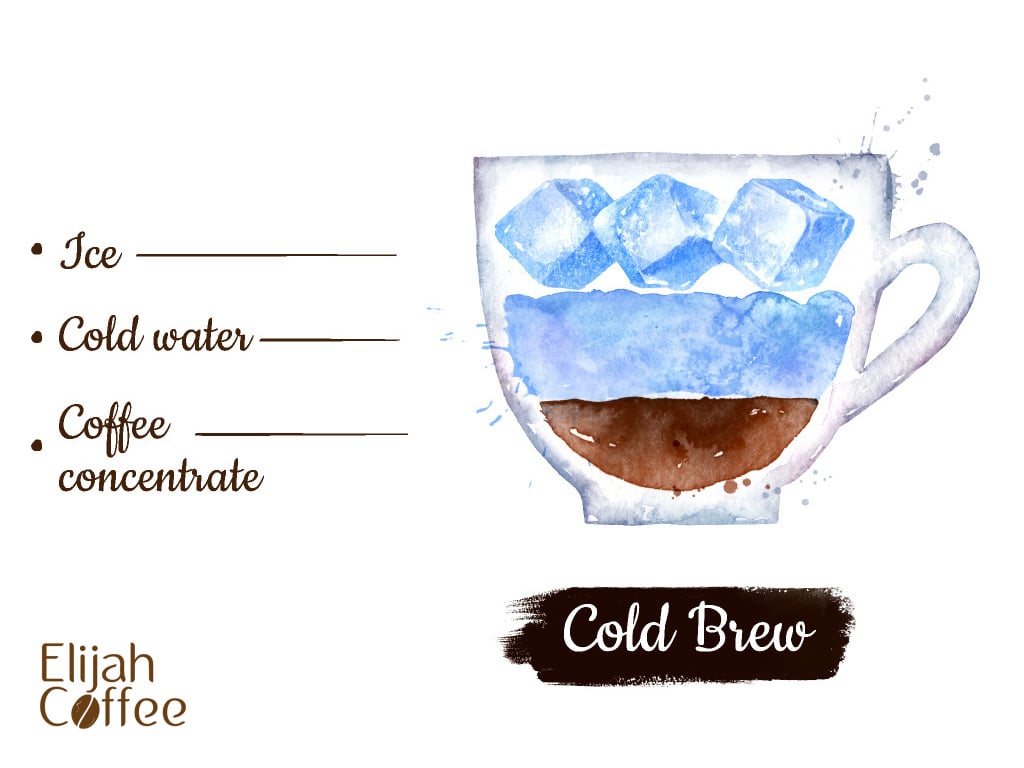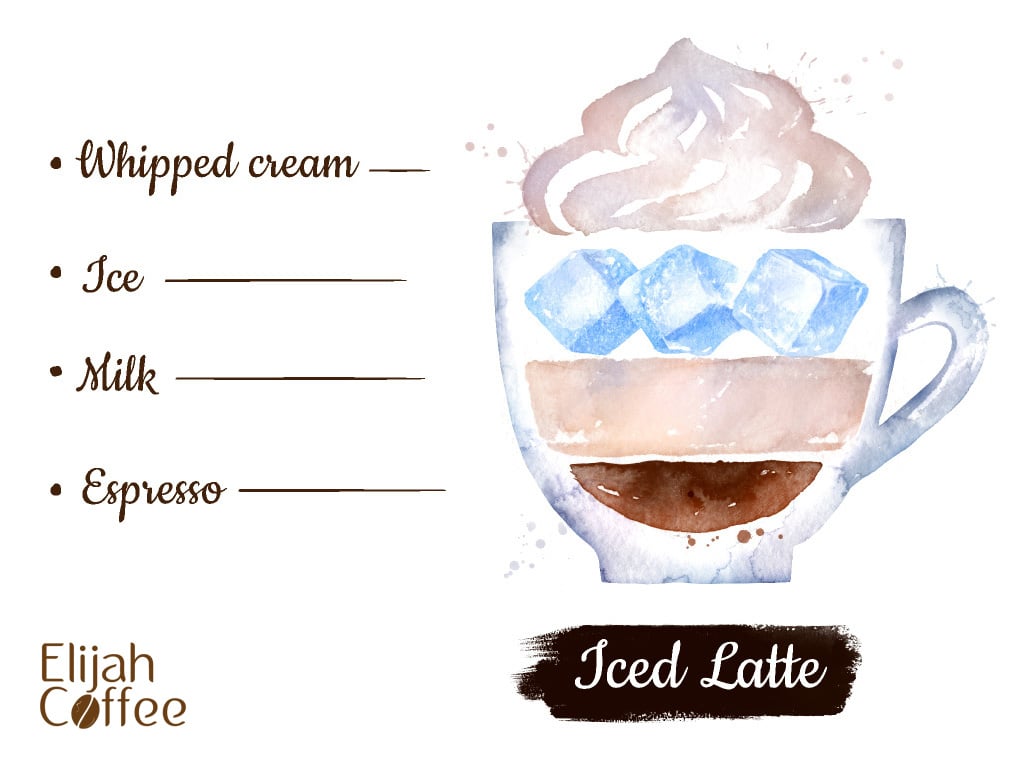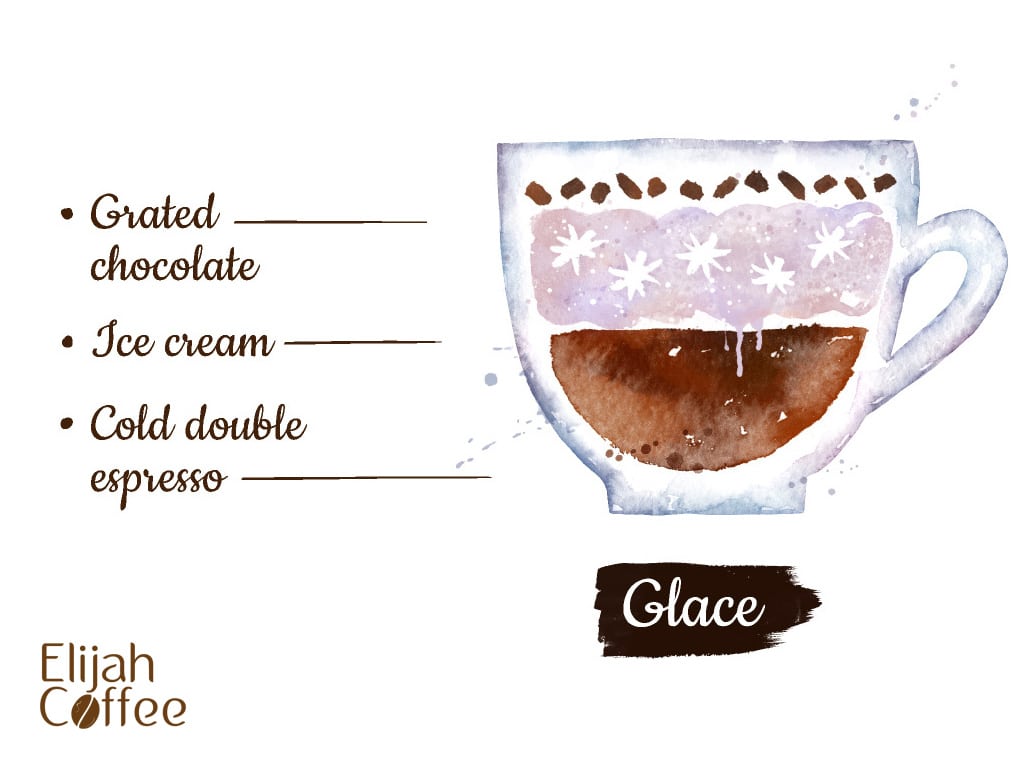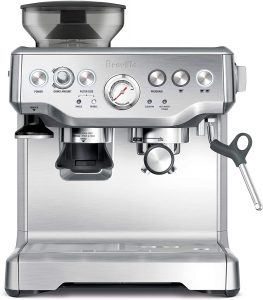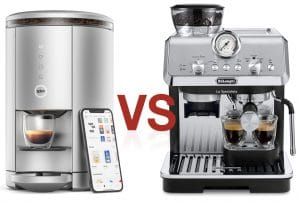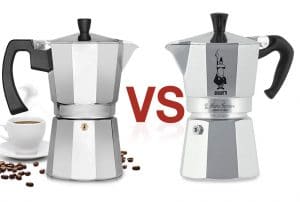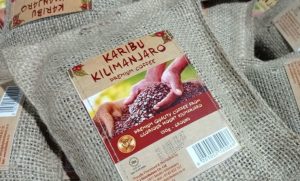The best way to improve your espresso is by investing in quality equipment and learning the proper techniques for preparing your beans. Having a few extra tools ensure consistent results, and a couple of extra steps can improve your flavor.
If you’re ready to upgrade your espresso, we will demystify the process of selecting the right tools and tweaking your settings to get the perfect flavor. We’ll include five tips to get great espresso, plus one bonus tip at the end.
Tip 1: Get The Right Tools
While many factors go into a perfect shot, one of the most important factors is having the right tools. We’re assuming you already have an espresso machine and grinder if you’re reading this (if not, you can find more info here). There are several extra (and inexpensive) tools that improve espresso, including:
- Scale
- Tamper
- WDT tool
- Bottomless portafilter
The scale is critical. You need to make sure you have a 1:2 ratio of coffee to water, and you can’t do that by eye-balling the glass. A few grams matter, and you can find a cheap scale at almost any retailer. A scale will improve all your coffee brewing too, not just espresso.
A tamper is a tool used to compress the ground coffee in an espresso portafilter, so it’s tightly packed before brewing. This helps ensure that all the grounds come into contact with water during brewing, leading to better extraction and a tastier cup of coffee.
Selecting a good tamper is frequently overlooked. You want something that can create a nice flat puck and is ergonomic. Applying too much pressure will produce a bitter flavor, while too little pressure results in a watery brew.
A WDT tool is a set of needles to stir the coffee grounds before brewing. Stirring the grounds is important because grinders create coffee clumps that don’t let the water flow evenly, causing poorly extracted espresso. You can find WDT tools online or even buy acupuncture needles and put them in a cork (a personal method). A quick stir of the grounds with a WDT before tamping will work wonders.
A bottomless portafilter is where you can see the filter basket directly. There’s no spout under the portafilter, and hence bottomless are sometimes called “naked” portafilters. The key is that you can see how your espresso is flowing. If you see an inconsistent stream, or worse, spraying in different directions, something is off with your puck preparation.
Tip #2: Flush The Brew Head
One important step in getting your machine to produce a quality brew is regularly flushing the brew head. The brew head is where the hot water comes out, which can become clogged with coffee grounds over time. This can result in uneven or poor espresso shots.
It’s essential to flush the brew head with hot water regularly. Simply run some hot water through the machine every time you turn on the machine, so it cleans out the group head and heats the internal piping. This helps ensure your espresso maker produces quality shots every time you use it.
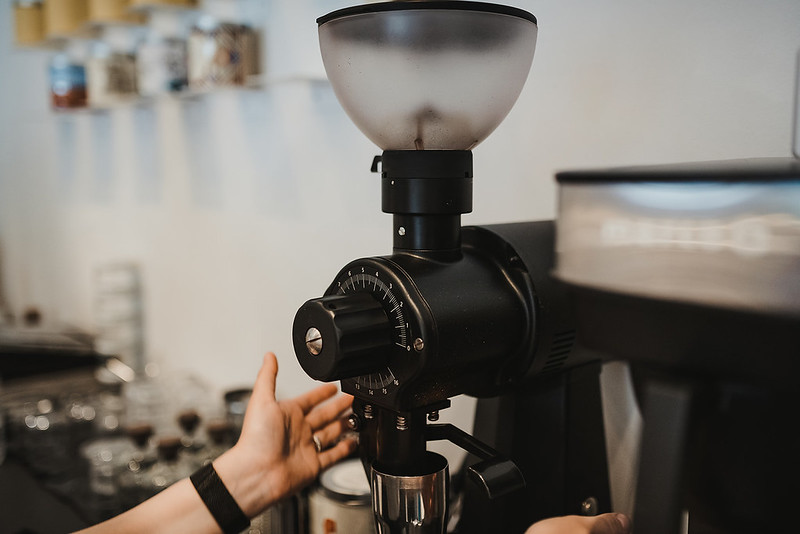
Tip #3: Use Right Grind Size
Grinding coffee beans is essential to making a great cup of espresso. The grind size can dramatically impact the taste of the coffee, and it is critical to get it right to produce a rich, full-flavored espresso.
If the beans are ground too fine, the coffee will be too bitter and intense. Conversely, the coffee will be weak and watery if you grind the beans too coarsely. The best grind size for espresso is somewhere in the middle, producing a balanced and well-rounded coffee.
Getting the right grind size is, therefore, the best way to improve the taste of espresso. By taking the time to experiment with different grind sizes, you can find the perfect balance for your personal preferences.
Tip #4: Switch To A Single Wall Filter Basket
If you’re looking to take your espresso game to the next level, switching to a single wall filter basket could be the key. Most machines come with dual-wall (also known as “pressurized” baskets), which are usually the default options.
Meanwhile, the single wall (or non-pressurized) baskets allow for better extraction of coffee oils and flavors, resulting in a tastier cup of coffee. The coffee flows more freely without the extra wall, which means you can grind finer and get a much better extraction.
As a result, switching to a single wall filter basket can help you make delicious, professional-quality espresso right at home. They can be challenging for beginners, but you can master them in no time with practice.
Tip #5: Use Proper Beans
A cup of espresso is more than just a shot of coffee. It’s a complex beverage with a variety of flavor notes. Therefore, the type of bean and how it is roasted can substantially impact the flavor and quality of the coffee.
Ask around your local coffee shops, and they’ll probably tell you that Arabica beans are the best type of bean for espresso. They are relatively mild, with a balanced sweetness and acidity. In addition, Arabica beans tend to have more complex flavors than other types of beans, making them more interesting to drink.
Consider the roasting process when choosing beans for espresso. Dark roasts will produce a coffee with more body and sweetness, while light roasts will be brighter and more acidic.
Ultimately, it is up to you to decide which espresso type you prefer. Balance Coffee has a good selection of specialty espresso beans that can give you an idea of good flavors. Generally, a darker roast is an optimal starting place for improving your brew.
Bonus Tip: Use Your Sense of Taste!
The bonus “tip” may be more common sense, but it’s important: ask yourself how the espresso tastes! Every bag of beans, machine, and even water is different, so you can’t set it and forget it. We can’t tell you an exact recipe here. Instead, taste every espresso and adjust appropriately. Maybe it’s sour, and you should grind finer. Maybe it’s bitter and grind coarser.
Play around with different inputs when brewing your espresso since everything contributes to the taste. You can try dialing in different ways, such as a finer grind, a short shot, or a long pull.
The trick is getting the machine to brew the best espresso for your taste. Once you dial it in, remember it so you can perfect that shot every time you want some.
Love Caffeine? Here’s How To Set Up Your Kitchen as a Coffee and Tea Enthusiast



